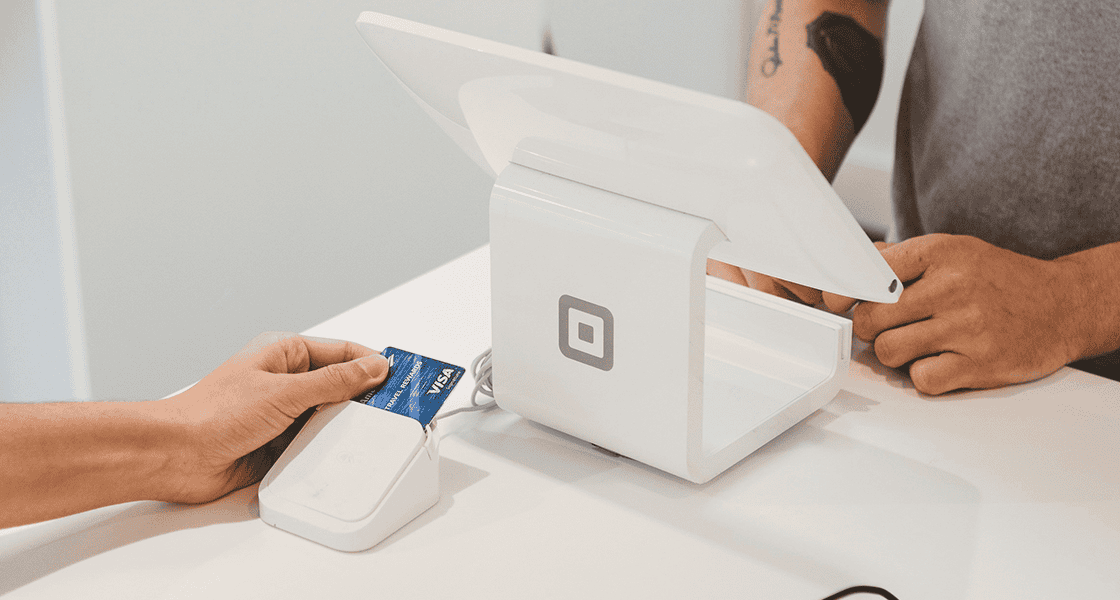Retail & Distribution
Ten Step Guide to Peak Season Planning – Retail Operations
15 September 2016

As Black Friday creeps ever closer, the Cegid Retail Store Excellence team have compiled a list of the top 10 items on your peak season planning checklist.
1.) COMPLETE STORE RECRUITMENT
The Retail Operations Team, Area Managers and Store Managers should collectively review staffing plans. The policy of taking leave or holiday entitlement during peak season should also be discussed. Make sure your top stores have great managers ready for the holidays. Ideally you should be fully recruited by the end of October – you don’t want to get to November and realise you’re still short…..
This blog on Forbes India discusses staffing levels in the changing retail climate. Self-service / low-touch staffing may work flawlessly most of the time but could cause significant loss of revenue in peak season.
2.) INCENTIVES FOR STORE STAFF
Retail staff need to be aware of the fantastic incentives that await them if they hit targets and perform well during the peak season. Is there a motivation-boosting communications plan for the run-up to peak season that highlights the opportunities this season can bring? Are your staff motivated by the incentive scheme?
3.) EXTREME WEATHER
Planning for weather is important. Very important. Extreme weather can cause decreased footfall, health and safety risks and in the worst cases – store closures. Are your staff, including holiday temps, up to speed on what to do if it snows or if the entrance becomes an ice rink? Do all stores have the same policy towards extreme weather or does each store have unique risks? Who is responsible?
4.) GIFT BOXES; DECORATIONS; WRAPPING SUPPLIES
Have you understood what head office are planning for in store decorations and customer experience? Have you sat down with the appropriate teams to discuss the logistics of in store execution? E.g. have you got space for gift wrap? Are the gift tags pre-threaded with ribbon or will your staff have to thread them with a queue waiting at the till? Have you ordered gift wrap? Do your stores know how to replenish their supplies?
5.) MANAGING ONLINE RETURNS
With the arrival of omni-channel retail, a new and challenge has emerged – the spike in in-store returns of web purchases. Do you have a strategy in place that includes staffing, training and even temporary storage space? How do you calculate the value of returns and do your store teams understand how returns impact their store performance?
Have you and your team carefully considered how to handle the volume of click-and-collect you’ll receive after Black Friday?
6.) CONTINGENCY PLANNING / RISK LOG
Well prepared Retail Operations Teams will have a comprehensive peak season planning and preparation procedure for risks. This will probably be in the form of an excel spreadsheet that may include:
- Responsible Department (e.g. Merch, IT, eCommerce, Retail Ops, Directors, etc.)
- Owner (a specific person who ‘owns’ the risk and ensures preparation is in place)
- Name of Risk (e.g. Tills run slowly, Postal Service delays, Public Transport delays; Gift Card function failure, Run-out of carrier bags.)
- Impact (a brief description of what the impact would be if the risk materialised (e.g. angry customers, loss in sales etc.)
- How will we know when it is about to happen ? (e.g. Logistics flag – what?, POS warning – what?, Stores to notify AM – who?, etc.)
- Likelihood (e.g. low, medium, high)
- Planned mitigation (This is the tough part. What needs to happen now in order to be prepared should the risk materialise.)
- A space for notes, team feedback, questions, updates to mitigation etc.
- “Out of Hours” (Finally and very importantly – does the risk require “Out of hours” intervention? If yes, who is impacted? How will they be contacted and by whom? etc.)
Have brainstorming sessions with your entire team to ensure all risks are accounted for, especially if new changes have been implemented such as new POS or changes in Omni.
Ensure this review and planning takes place well-in advance!
7.) CONFIRM IT SUPPORT AND DELIVERY FOR STORES
If something goes wrong with an IT system during peak time (and let’s face it – something will somewhere on the estate) a quick fix will be required. Has the IT team communicated their availability to stores and guidelines for responding to support requests? Do you need to clarify any points with IT to ensure all stores have the support required?
What about order processing and delivery times to stores? What impact will the increased volumes have on delivery times? Which stores will have the greatest stock requirements and what planning has been done to ensure smooth delivery? What communications need to be sent to store managers to ensure they understand and plan for any impacts or delays?
8.) QUICK VISUAL FEEDBACK FOR SPEEDIER ADJUSTMENTS / IMPROVEMENTS
With the advent of in-store WiFi and the proliferation of mobile devices taking a photo and sending it to a colleague is easier than ever. You may want to consider having a system in place like, Cegid Retail Store Excellence, for last minute checks and sharing of photos among stores and AMs for quick feedback. It is often much quicker and more effective to send a photo than trying to describe in an email.
9.) POS / MARKETING COLLATERAL
Similar to the point above re. seasonal decorations, has marketing / VM clearly defined their plans for POS and have retail ops had a chance to feedback on practical in-store impact and viability?
10.) UPDATED STORE REVIEW CHECKLISTS
Naturally time will be at a premium for AM’s to do store reviews during the run-up to peak season. Store managers will also have to be very efficient at managing and reporting task completion to ensure nothing is overlooked. Once the busy season starts there will be no time for trawling through emails and attachments and so it is worthwhile developing a specific Peak Season Planning checklist or amended store review template that encompasses as much as possible of the points you have identified.
That’s all for now and hopefully that has been useful!
At Cegid Retail Store Excellence we totally appreciate how complex and downright difficult retail operations can be – especially when it comes to peak season planning and preparation. Our mission is to use technology to help bricks and mortar retail operations teams be more effective in the way how they communicate and manage tasks. If you’re interested in learning more contact us here.


